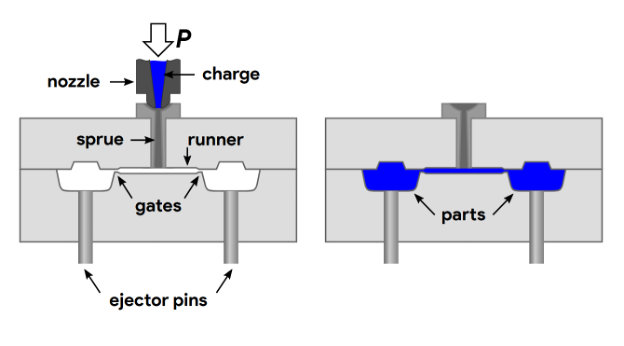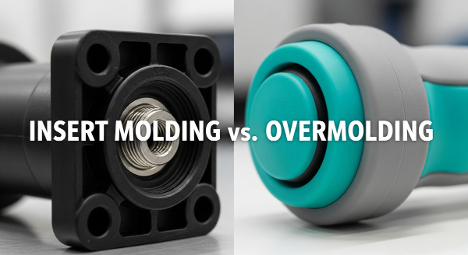Plastic injection molding is a highly efficient manufacturing process used to produce intricate and complex plastic parts at scale. Whether you’re a product designer, engineer, or manufacturer, understanding the essential files required for plastic injection molding is crucial to ensuring the success of your project. From CAD models to quality control plans, each file plays a pivotal role in the seamless execution of the injection molding process.
1. CAD Model: Unlocking Precision
The foundation of any plastic injection molding project lies in the 3D Computer-Aided Design (CAD). This file, typically in formats like .STL, .STEP, or .IGES, defines the geometry and specifications of the part. A meticulously crafted CAD model serves as the blueprint for the entire manufacturing process, guiding the creation of molds and ensuring precision in the final product.

2. Part Drawing: Engineering Precision
A 2D engineering drawing complements the CAD model by providing detailed information about the dimensions, tolerances, and critical features of the part. Presented in formats such as .PDF or .DWG, the part drawing acts as a crucial reference for mold designers, toolmakers, and quality control teams, ensuring that the manufactured parts meet exact specifications.
3. Material Specification: The Building Blocks
Selecting the right material for your plastic part is paramount. A detailed material specification document, often in .PDF format, outlines the type, grade, color, and specific requirements of the chosen material. This file guides the molding process, ensuring that the selected material aligns with the desired properties of the finished product.
4. Mold Design: Crafting Precision Tools
The mold design is the heart of plastic injection molding. This 3D CAD file, supplemented by 2D drawings, delineates the mold’s geometry, parting lines, gate locations, ejector pin placements, and cooling channels. A well-crafted mold design file, often in .STL or .STEP format, is indispensable for creating the tools that will shape your plastic parts with precision.
5. Injection Molding Process Parameters: Fine-Tuning the Process
To achieve optimal results, it’s essential to specify the injection molding process parameters. This file, often in a text or spreadsheet format, details temperature settings, injection pressure, cycle time, and other critical parameters. Fine-tuning these parameters ensures efficiency in production and consistency in the quality of molded parts.
6. Tooling and Fixture Designs: Enhancing Production Efficiency
In addition to molds, certain projects may require additional tooling or fixtures. These designs, presented in suitable file formats, contribute to the efficiency of the injection molding process. Whether it’s jigs, fixtures, or other accessories, theirs accurate representation aids in a seamless production.

7. Quality Control Plan: Ensuring Consistency
Maintaining quality throughout the production process is paramount. A well-documented quality control plan, often in text or spreadsheet format, outlines inspection criteria, testing methods, and acceptance criteria. This document serves as a guide for quality assurance teams, ensuring that each molded part meets the specified standards.
8. Packaging Requirements: Safeguarding the End Product
Once the parts are molded, it’s crucial to consider their packaging. Specify packaging requirements, including quantities per pack, packaging materials, and labeling information. This information, often presented in document format, ensures that the final product is protected and presented as intended.
9. Purchase Orders and Agreements: Formalizing Commitments
To solidify the collaboration between parties involved, document the terms of the agreement through purchase orders or manufacturing agreements. These files, often in text or PDF format, outline quantities, delivery schedules, and pricing, providing a clear framework for the entire project.
Summary
In conclusion, the success of a plastic injection molding project hinges on the careful preparation and documentation of these essential files. From the initial CAD model to the final packaging requirements, each file serves a specific purpose in ensuring precision, efficiency, and quality throughout the manufacturing process. Clear communication and collaboration between stakeholders, coupled with comprehensive documentation, pave the way for successful plastic injection molding ventures.
-q4gvl4k29y4hq8j9rjpapvj0ft06fje63olt7p210i.png)


